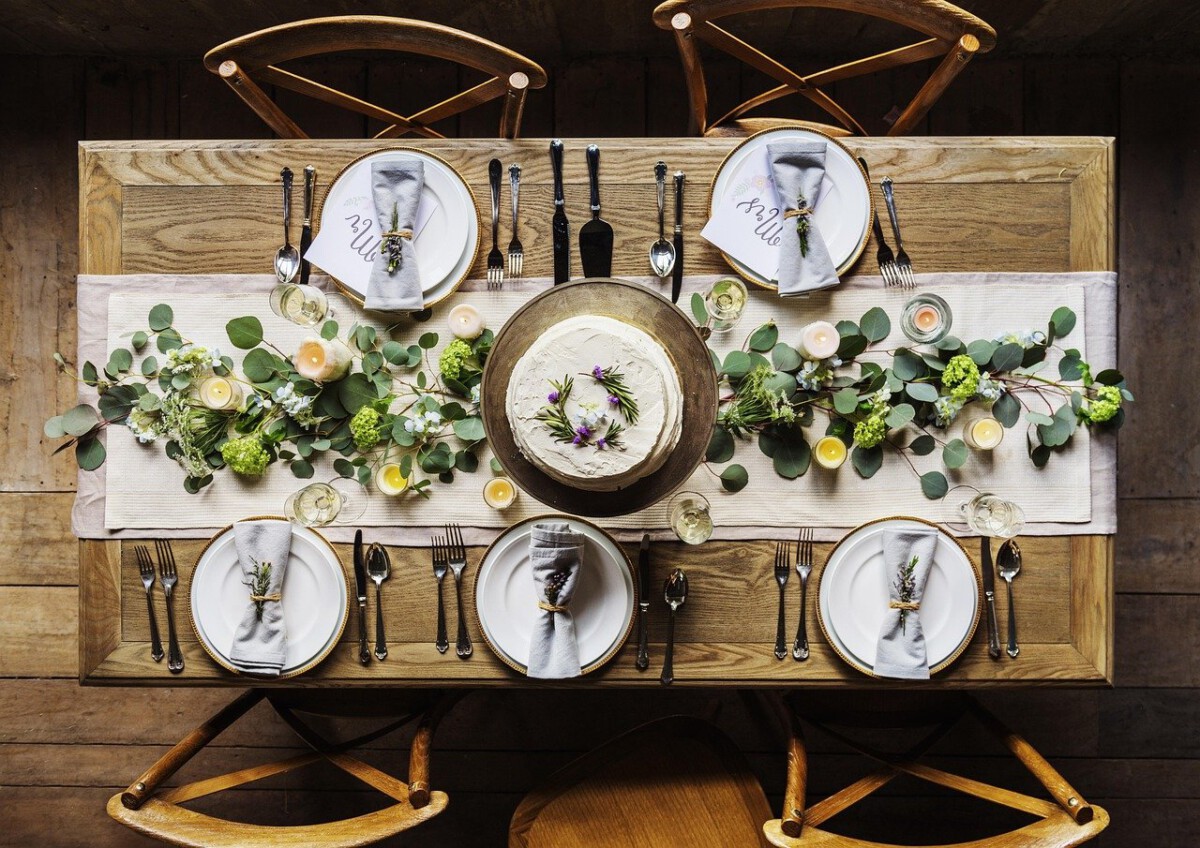The Price Tag Dilemma


When you walk into a top-rated restaurant these days, prepare to feel your wallet get lighter before you even order. In 2024, the National Restaurant Association reported a 15% jump in fine dining prices since just last year. You might sit down and realize you’re paying $60 for a single entrée, and that’s before drinks or dessert. Many people are starting to wonder if the fancy lighting and white tablecloths are really worth the extra cash. The truth is, you can get a meal that’s just as satisfying—sometimes more so—at a cozy bistro or a neighborhood spot. This price inflation has made high-end dining feel less like a treat and more like a splurge that’s hard to justify. Diners are looking for better value, and it’s showing: more people are skipping these expensive meals in favor of places that offer hearty portions and genuine hospitality. The numbers don’t lie—consumers are speaking with their wallets, and the trend is clear.
The Disconnection from Authenticity
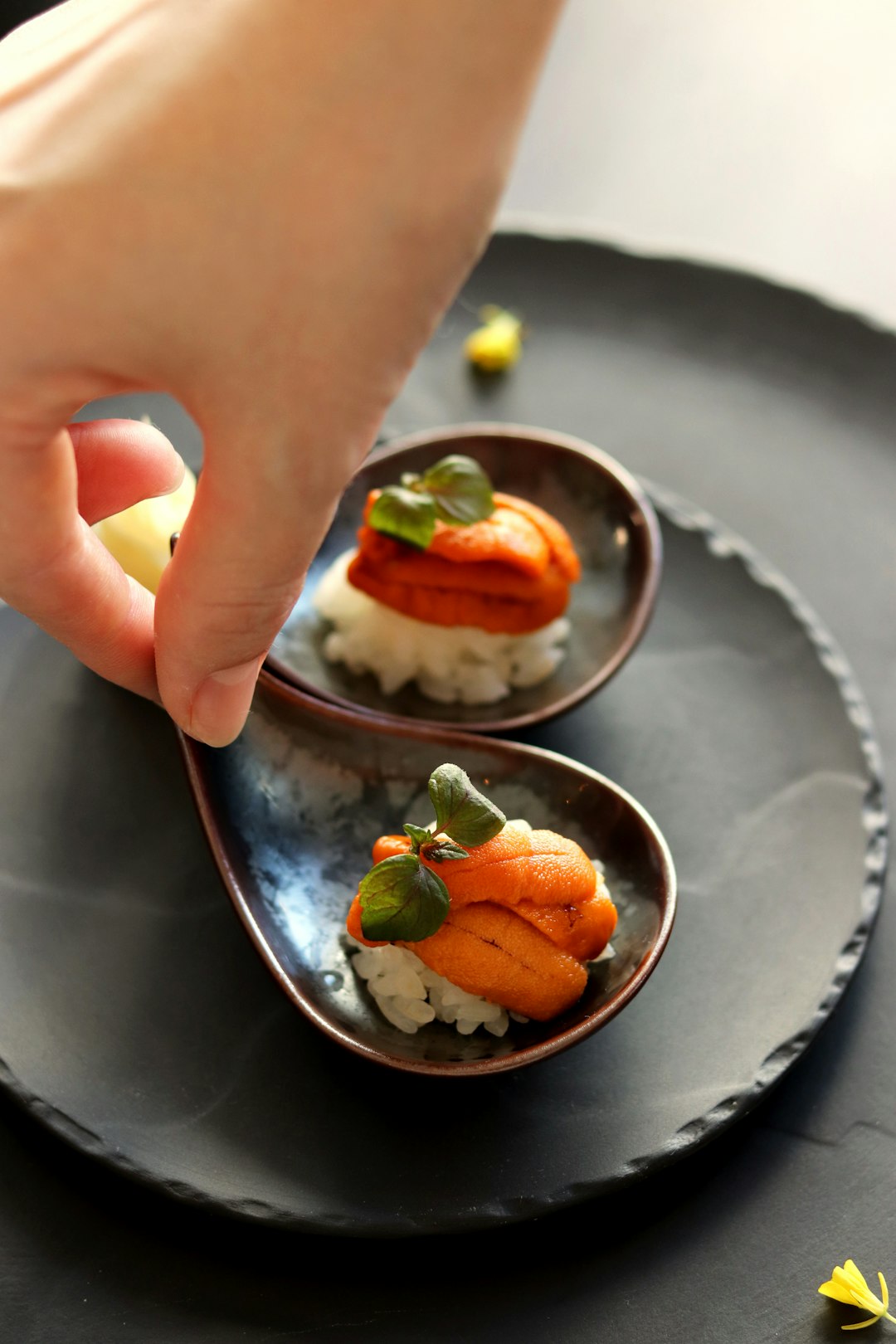

There’s something special about food that tells a story, but top-rated restaurants often trade that for style over substance. According to a 2023 Food & Wine study, about 67% of diners said high-end places care more about how food looks than how it tastes. You might get a plate that’s a work of art, but does it really taste like grandma’s recipe or the dish you grew up loving? More and more, people are realizing these fancy spots sometimes miss the mark on flavor and soul. It’s disappointing to pay a premium and leave feeling like something was missing. The simple joy of a perfectly seasoned taco or a bowl of comforting soup just can’t be replicated by a smear of sauce and a flower petal. This gap between presentation and authenticity is pushing diners toward local joints where food comes from the heart, not just a desire for a Michelin star. People are tired of food that looks good for photos but doesn’t leave a lasting impression on the palate.
The Rise of Casual Dining
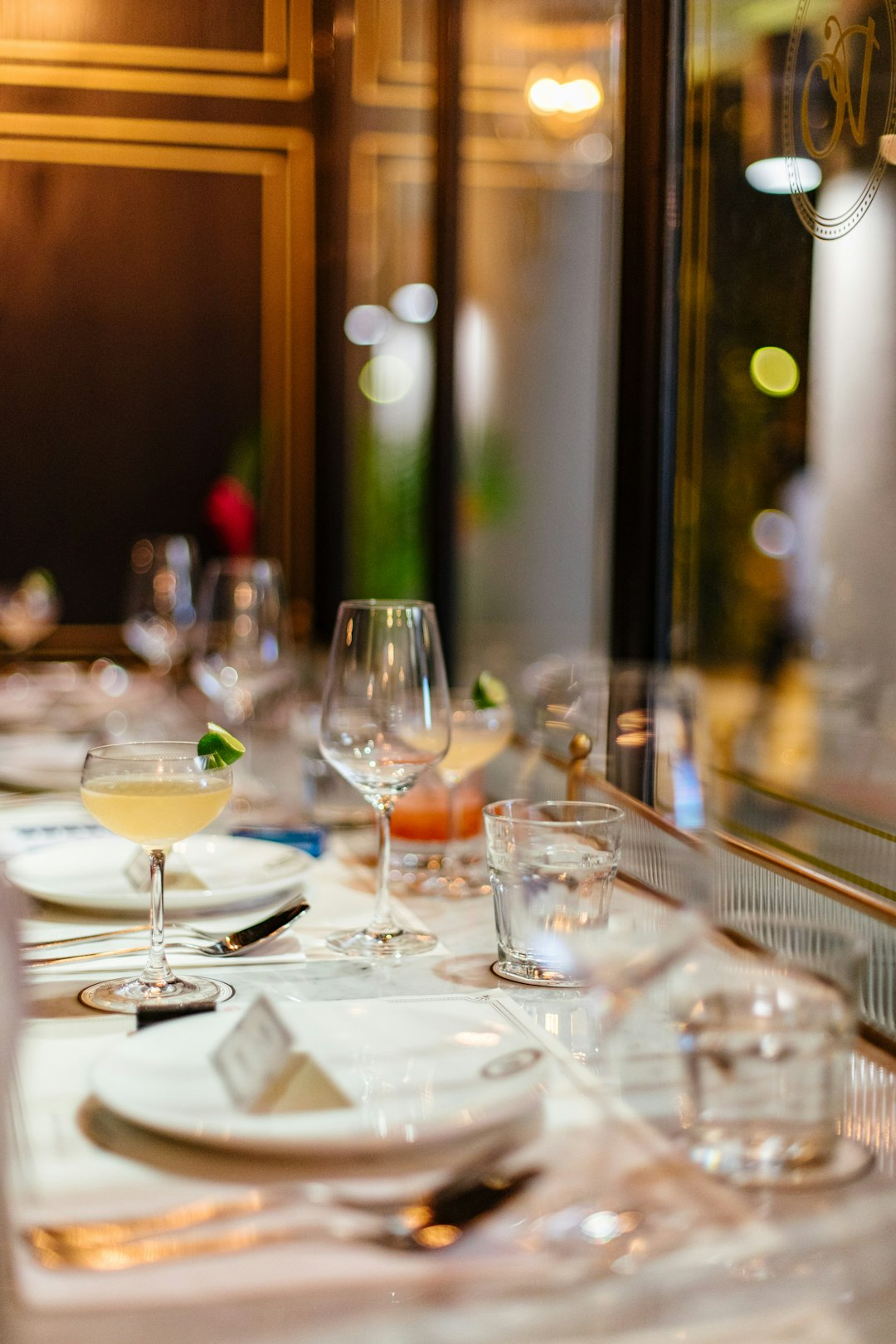

There’s a new king in town, and it’s not the tuxedo-clad maître d’—it’s your friendly neighborhood grill. IBISWorld’s 2024 report shows that casual dining has grown by 20% since 2022, and it’s easy to see why. Folks want to relax with friends, laugh out loud, and dig into their meals without worrying if they’re using the right fork. The whole scene is more relaxed and inviting. Instead of hushed whispers and stiff service, you get friendly servers and a lively atmosphere. People are choosing restaurants where they actually feel at home. This boom in casual dining is about comfort and connection, not just food. You can taste the difference when a meal is made for enjoyment, not just awards. It’s a shift that reflects a real hunger for authenticity and a less pretentious dining experience.
The Impact of Social Media


Social media has done more than just change how we eat—it’s changed why we eat. Pew Research Center’s 2023 analysis found that 54% of diners now pick restaurants based on what they see on social media. Suddenly, it’s all about the perfect shot for Instagram, not the perfect bite. Top-rated restaurants are designing dishes to look good on camera, sometimes at the expense of taste. The pressure is on to create meals that are more about likes than flavor. This trend can leave diners feeling underwhelmed when the food doesn’t live up to the hype. It’s easy to get swept up in the excitement online, but more people are realizing that what looks good on your feed doesn’t always satisfy your appetite. The focus has shifted from real experiences to curated moments, and not everyone is buying in anymore.
The Pressure of Expectations
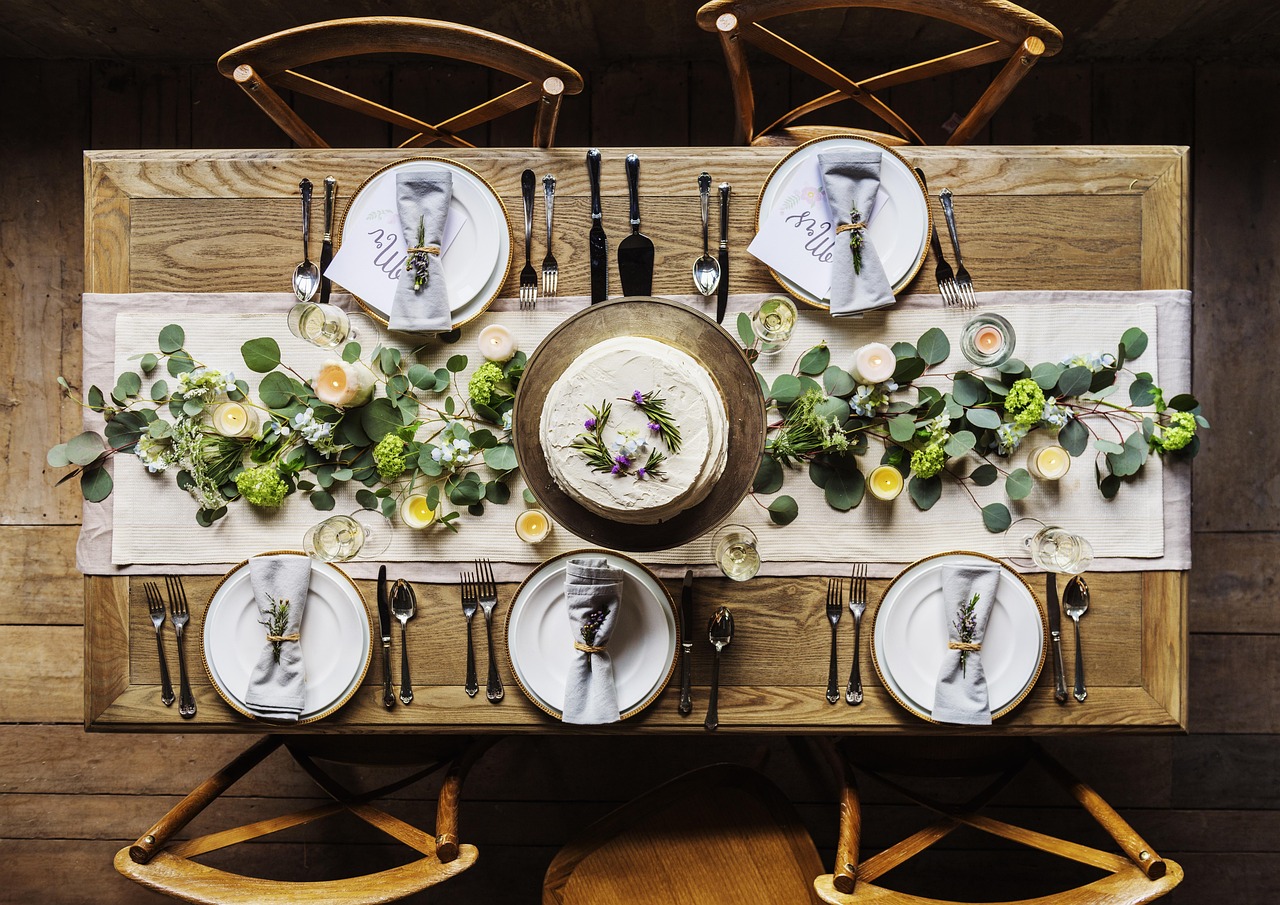

There’s a strange kind of tension that comes with eating at a top-rated spot—it’s almost like you’re expected to have the best night of your life. In 2024, Zagat found that 72% of diners felt real pressure to enjoy their meal simply because of the restaurant’s reputation. You can almost feel everyone at the table waiting for you to declare how amazing everything is, even if you’re just not feeling it. This expectation can make the whole meal feel forced. Instead of savoring each bite, you’re comparing every detail to the glowing reviews you read online. It’s easy to lose sight of why you went out in the first place: to have a good time and eat good food. The joy of discovery and surprise is replaced by a checklist of what’s supposed to impress you. Many people are finding it’s just not worth the stress.
The Environmental Impact
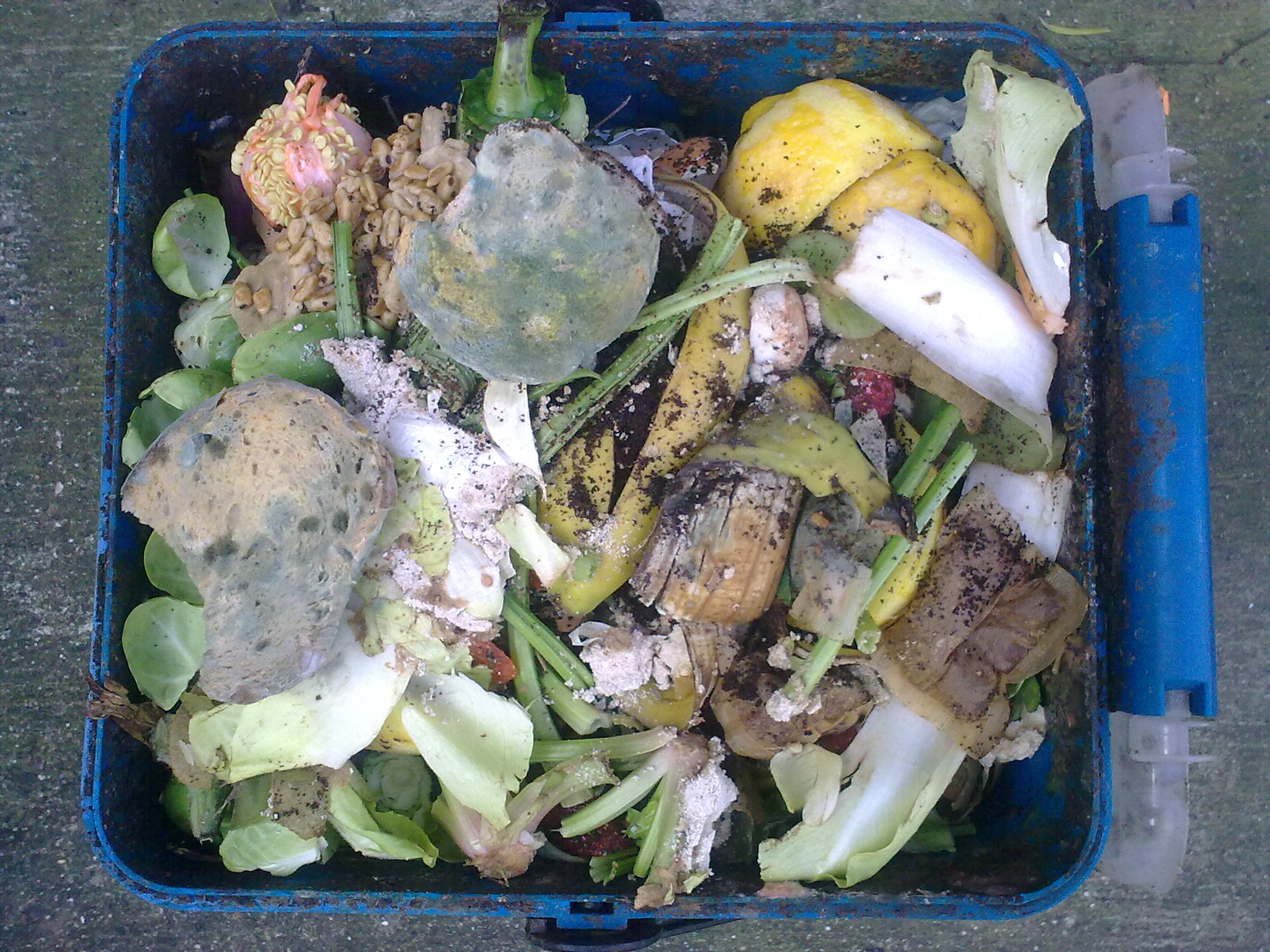

The glitz of fine dining often hides a less glamorous truth—waste. The World Wildlife Fund’s 2025 report revealed that about 30% of food prepared in fine dining restaurants goes uneaten. That’s a staggering amount considering global conversations around sustainability. These establishments often chase perfection, tossing out anything that’s less than flawless, which adds up to mountains of waste. Diners are becoming more aware of how their choices affect the planet. It’s inspiring a movement towards places that value every ingredient and find creative ways to minimize leftovers. More people are asking tough questions about where their food comes from and what happens to what’s left on the plate. The wastefulness of top-rated spots is making many think twice before booking a reservation.
The Shift Towards Local and Organic
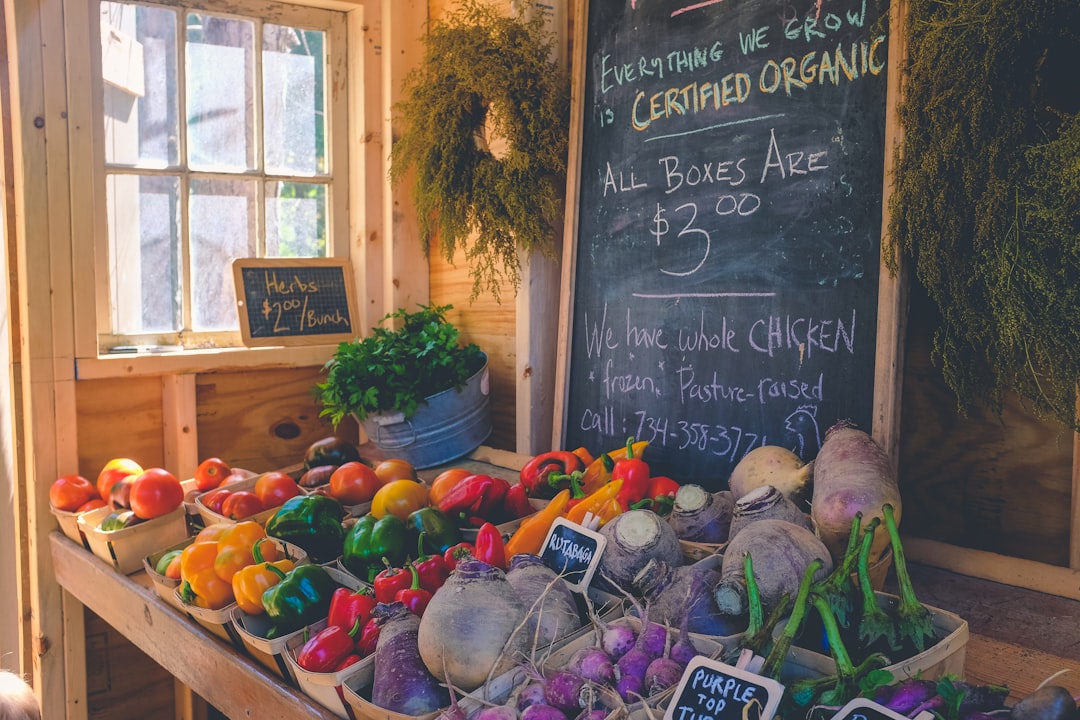

People are caring more and more about what’s on their plate—and where it came from. The Organic Trade Association’s 2023 survey found that about 65% of diners want restaurants that use local and organic ingredients. This trend is changing what it means to be a “good” restaurant. Instead of flying in rare ingredients from across the world, local eateries are highlighting what’s fresh and in season. There’s a growing appreciation for dishes that are simple but made with care and high-quality produce. This love for local is pushing top-rated places to try and keep up, but for many, it’s already too late. Diners are discovering the joys of fresh, flavorful meals that support small farmers and their own communities. The farm-to-table movement isn’t just a buzzword anymore—it’s the new standard.
The Experience Over the Meal
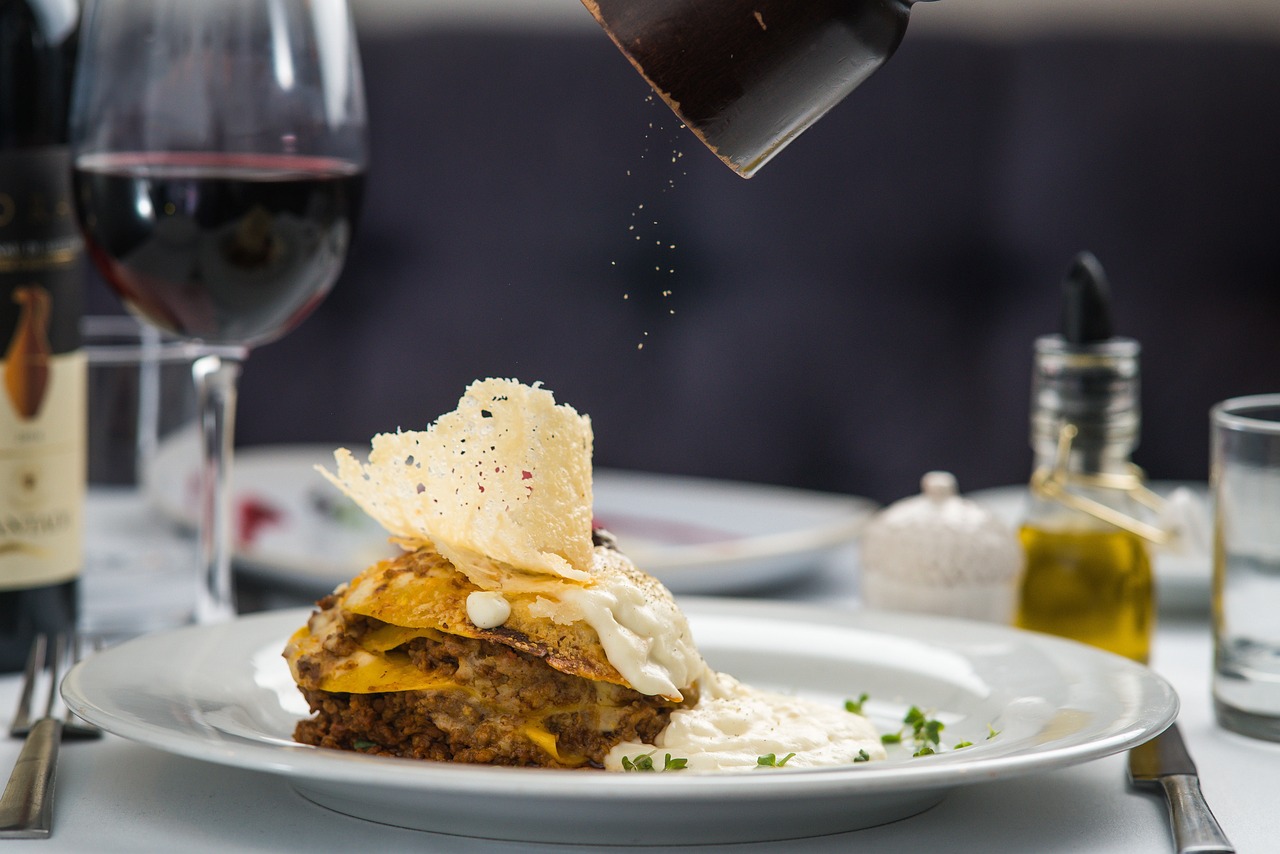

Eating out isn’t just about the food anymore; it’s about the whole experience. The Culinary Institute of America’s 2024 study found that 78% of consumers now look for unique experiences, like interactive dining or themed nights. People remember the laughter, the cooking demonstrations, or the chef coming out to say hello—sometimes more than the meal itself. Top-rated restaurants can feel stiff and distant, like you’re not really part of the action. In contrast, smaller places are embracing creativity, offering everything from karaoke burger nights to make-your-own pizza parties. These memorable moments are what keep people coming back. Diners want to feel a connection, not just be served. The shift is clear: it’s about making memories, not just eating a fancy dish.
The Health Conscious Shift
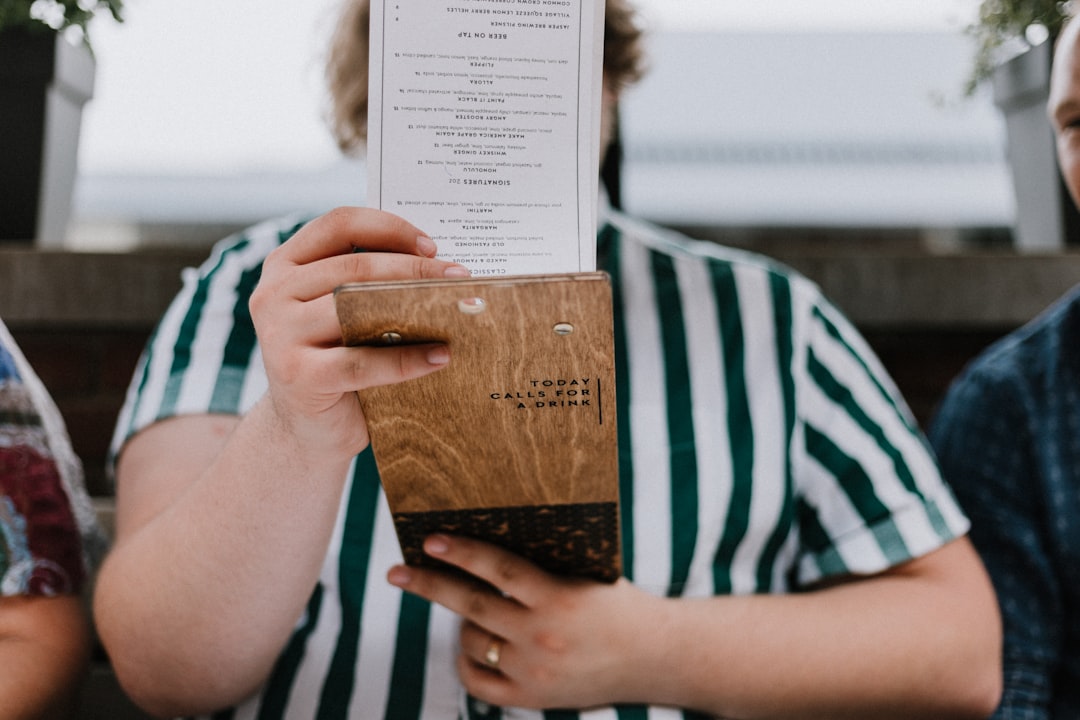

Health is taking center stage at the dinner table. In 2025, the Centers for Disease Control and Prevention reported that 58% of adults are actively seeking healthier options when eating out. This shift is making big waves in the restaurant industry. People are looking for menus that feature fresh vegetables, whole grains, and lean proteins—not just heavy sauces and butter-laden entrees. Top-rated places often stick to rich, indulgent recipes, but diners are craving lighter, more nourishing meals. The focus has moved from decadence to balance. Restaurants that listen are seeing more repeat customers, while those that don’t are losing ground. It’s a sign that taste and wellness can—and should—go hand in hand.
The Emergence of Food Trucks and Pop-Ups
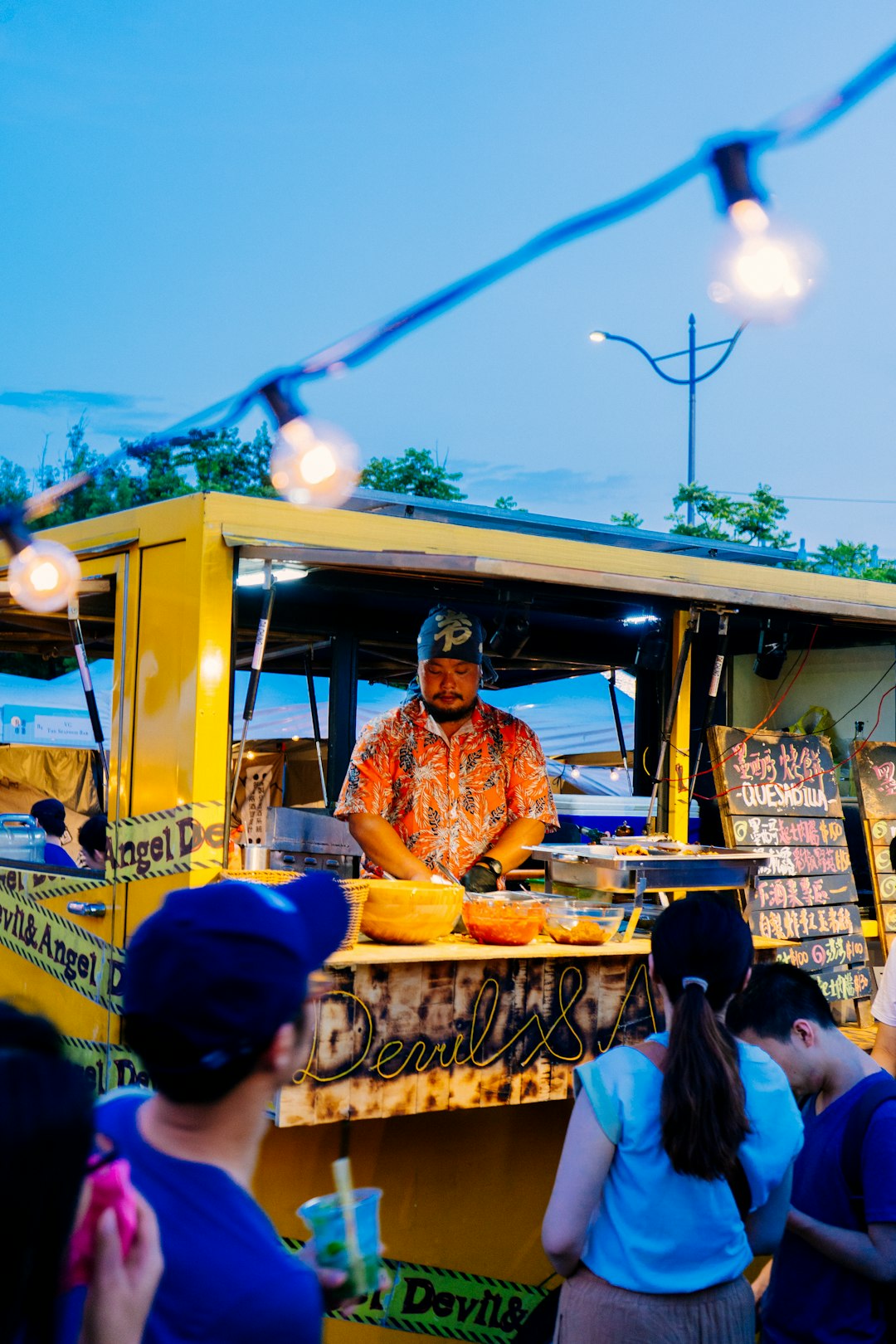

If you want to find the most exciting food these days, you’ll probably need to follow a food truck or stumble onto a pop-up event. According to the Food Truck Association’s 2024 report, the food truck business has exploded with 30% growth since 2022. These mobile kitchens are all about creativity and speed. You might get a gourmet burger or a fusion taco that blows your mind for a fraction of what you’d pay at a sit-down restaurant. Pop-ups let chefs experiment without the pressure of a permanent location, which means diners get to taste things that aren’t on any regular menu. The atmosphere is fun, the lines are usually long, and the food is often unforgettable. This new wave of dining is shaking up what people expect from a meal out, making it harder for traditional top-rated spots to keep up.

